Home>Articles>How To Walk Into An Attic With Blown Insulation
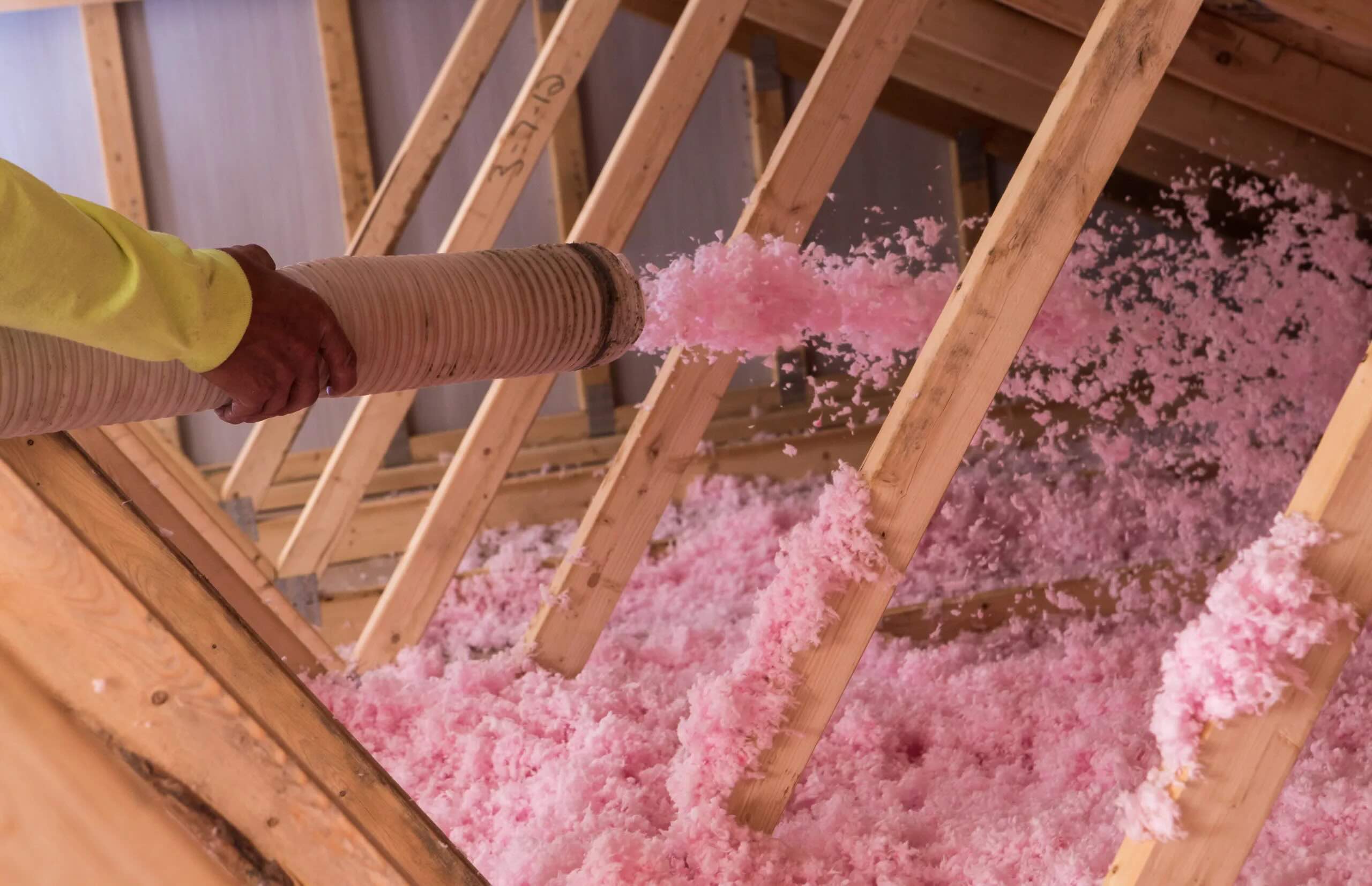

Articles
How To Walk Into An Attic With Blown Insulation
Modified: December 7, 2023
Learn how to safely navigate an attic with blown insulation with our informative articles. Gain valuable tips and tricks for walking in attics with ease.
(Many of the links in this article redirect to a specific reviewed product. Your purchase of these products through affiliate links helps to generate commission for Storables.com, at no extra cost. Learn more)
Introduction
Walking in an attic with blown insulation can be a challenging task that requires careful planning and safety precautions. Whether you are a homeowner inspecting your attic or a professional technician working on repairs or maintenance, it is crucial to prioritize safety when navigating through the attic space.
The purpose of this article is to provide you with essential tips and guidelines on how to safely walk in an attic with blown insulation. By understanding and implementing these safety measures, you can minimize the risk of accidents and ensure a successful and efficient attic inspection or work.
Key Takeaways:
- Safely walking in an attic with blown insulation requires wearing proper PPE, identifying electrical hazards, ensuring stability, and using support tools. Conducting pre-walk inspections and creating safe pathways are essential for a secure and efficient experience.
- Regular attic inspections and maintenance are crucial for identifying potential issues, maintaining energy efficiency, and preventing damage. Prioritize safety and seek professional assistance when needed to ensure a smooth and secure experience in the attic.
Importance of Safely Walking in Attic with Blown Insulation
Walking in an attic with blown insulation serves several important purposes. Firstly, it allows you to inspect the condition of the insulation, identifying any signs of damage, decay, or inadequate coverage. This information is crucial for maintaining the energy efficiency of your home and preventing potential issues such as heat loss or air leakage.
Additionally, walking in the attic enables you to check for any potential problems or hazards that may exist in the space. This could include electrical wiring issues, plumbing leaks, or the presence of pests or mold. Identifying these issues early on can save you from costly repairs or health-related concerns that can arise as a result.
Potential Hazards to be Aware Of
Before venturing into the attic, it is essential to be aware of the potential hazards that may exist in this space. These hazards can include:
- Uneven or unstable flooring: Attics often have uneven surfaces or weak spots that can lead to slips, trips, or falls if not carefully navigated.
- Low visibility: Limited lighting in the attic can make it difficult to see clearly and identify potential pitfalls or hazards.
- Electrical hazards: Wires, junction boxes, or live electricity can be present in the attic, posing a risk of electrical shock or fire.
- Overheating: Attics can become extremely hot, especially during the summer months. Extended exposure to high temperatures can lead to heat exhaustion or heat stroke.
- Allergens and irritants: Mold, dust, insulation particles, or animal droppings can be present in the attic, posing respiratory hazards.
Purpose of the Article
The purpose of this article is to provide you with the necessary information and guidelines to safely navigate through an attic with blown insulation. By understanding the potential hazards and implementing safety measures, you can undertake attic inspections, repairs, or maintenance tasks confidently and efficiently.
Next, we will outline specific safety measures you should take before entering the attic and steps to create safe pathways while navigating the space.
Safety Measures
When walking in an attic with blown insulation, it is crucial to implement the following safety measures to minimize the risk of accidents and ensure your well-being:
Read more: How To Remove Blown-in Insulation In Attic
1. Wearing appropriate personal protective equipment (PPE)
Prior to entering the attic, ensure you are wearing the necessary PPE. This may include:
- Safety goggles or glasses to protect your eyes from insulation particles, dust, or debris.
- A dust mask or respirator to prevent inhaling harmful allergens or irritants.
- Gloves to safeguard your hands from sharp objects or potential irritants.
- Long-sleeved clothing and pants to shield your skin from insulation fibers or other hazards.
- Sturdy work boots with non-slip soles to provide traction on potentially slippery surfaces.
2. Identifying and addressing potential electrical hazards
Before entering the attic, carefully inspect the area for any potential electrical hazards. Look for exposed wires, junction boxes, or other electrical components. If you identify any electrical hazards, it is crucial to address them promptly by turning off the power supply or seeking the assistance of a qualified electrician. Avoid contact with live electricity to prevent the risk of electrical shocks or fires.
3. Ensuring proper footing and stability
Maintaining proper footing and stability is essential when walking in an attic with blown insulation. Take the following measures to ensure stability:
- Locate and follow the attic floor joists or trusses, as they provide a stable walking surface.
- Avoid stepping on areas with unstable or weak flooring, as this can lead to falls or accidents.
- Take slow and deliberate steps to maintain balance and minimize the risk of slipping or tripping on insulation or other obstacles.
- Avoid placing pressure on delicate or vulnerable areas of the insulation, as this may cause it to compress or become less effective.
4. Using appropriate tools for support and balance
When navigating through the attic, it can be helpful to use tools that provide additional support and balance. Consider the following:
- Handrails or grab bars can be installed in the attic to enhance stability and assist with movement.
- Crawl boards or plywood can be placed over the blown insulation to distribute your weight more evenly, reducing the risk of sinking or damaging the insulation.
- Use a flashlight or headlamp to improve visibility and identify potential hazards in low-light areas.
- If needed, have a sturdy ladder nearby to access higher or harder-to-reach areas of the attic.
By following these safety measures, you can better protect yourself while walking in an attic with blown insulation. In the next section, we will discuss the importance of conducting pre-walk inspections and how to create safe pathways in the attic.
Pre-Walk Inspections
Prior to walking in an attic with blown insulation, it is essential to conduct thorough pre-walk inspections. These inspections help ensure the safety of the area and identify any potential hazards or issues that may need attention. Here are key aspects to consider during pre-walk inspections:
1. Checking for any signs of damage or weak spots in the attic
Before entering the attic, visually inspect the area for any signs of damage, such as water stains, sagging ceilings, or cracked walls. These indicators can suggest potential structural issues that may compromise the attic’s integrity or safety. Additionally, look for any signs of pests or rodents that may have caused damage or created weak spots in the attic.
2. Assessing the condition of the insulation
Examine the blown insulation in the attic to ensure it is in good condition and adequately covering the desired areas. Look for any sections that are compressed, displaced, or showing signs of wear and tear. This inspection helps identify areas where insulation may need to be replaced or repositioned to maintain optimal energy efficiency and insulation effectiveness.
3. Identifying potential obstacles or obstructions
Scan the attic for any obstacles or obstructions that may impede safe walking or movement in the attic. These can include exposed nails, loose wiring, plumbing pipes, or any stored items that may hinder navigation. By identifying and addressing these obstacles, you can create safer pathways and minimize the risk of tripping or injury.
4. Checking for proper ventilation
Verify that the attic has proper ventilation to prevent the buildup of moisture, which can lead to mold growth or other issues. Ensure that attic vents are clear of any obstructions and allowing for adequate airflow. Proper ventilation helps maintain a healthy attic environment and prevents potential damage to the insulation or structural components.
By conducting thorough pre-walk inspections, you can identify and address any potential safety concerns or issues before entering the attic. This proactive approach ensures a safer walking experience and helps you navigate with confidence. In the next section, we will discuss how to create safe pathways in the attic to further enhance safety.
Creating Safe Pathways
When walking in an attic with blown insulation, it is important to create safe pathways that minimize the risk of tripping, falling, or damaging the insulation. Here are some key steps to follow in order to create safe pathways:
1. Clearing away any debris or objects that may pose tripping hazards
Prior to entering the attic, take the time to clear away any debris, clutter, or objects that may obstruct your path or pose tripping hazards. This includes removing any loose wires, tools, or storage items that may be lying on the attic floor. By clearing the area, you create a safer and more accessible space to walk through.
2. Installing temporary walkways or platforms
In some cases, it may be beneficial to install temporary walkways or platforms in the attic, especially if you anticipate frequent access to certain areas. These walkways provide stable footing and help distribute weight more evenly, reducing the risk of stepping on insulation or causing damage. Ensure that the walkways are properly secured and stable to avoid accidents.
3. Using crawl boards or plywood to distribute weight
If temporary walkways or platforms are not feasible, consider using crawl boards or plywood sheets to distribute your weight across the attic floor. This helps minimize pressure on the blown insulation and reduces the risk of sinking or compressing the insulation. Place the crawl boards or plywood on the attic floor, aligning them with the floor joists for proper support.
By taking these steps to create safe pathways, you can navigate the attic with reduced risks of accidents and insulation damage. Remember to always use caution and be mindful of your surroundings. In the next section, we will discuss important considerations when navigating the attic to further ensure your safety.
Navigating the Attic
When walking in an attic with blown insulation, it is crucial to navigate the space with caution to maintain your safety and prevent damage to the insulation. Here are some important guidelines to follow when navigating the attic:
1. Using handrails, joists, and trusses for support
Take advantage of any available handrails, joists, or trusses for support and stability while moving in the attic. These structures can provide additional balance and help prevent accidental slips or falls. Use them as guide rails to maintain a steady and well-supported posture.
2. Maintaining a steady and balanced posture
When walking in the attic, maintain a steady and balanced posture to reduce the risk of accidents. Keep your center of gravity low and distribute your weight evenly to avoid putting excessive pressure on the insulation. Take slow and deliberate steps, being mindful of your surroundings, and adjusting your movements as necessary to navigate the attic safely.
3. Avoiding stepping on delicate or vulnerable areas of insulation
Be mindful of where you step in the attic, avoiding areas of insulation that may be delicate or vulnerable. Stepping directly on the insulation can compress it, reducing its effectiveness and potentially causing damage. Whenever possible, step on the crawl boards, plywood, or other solid surfaces to distribute your weight more evenly.
4. Taking breaks if needed to prevent fatigue or overheating
Walking in an attic can be physically demanding, especially if the space is hot or poorly ventilated. If you start to feel fatigued or overheated, it is important to take breaks when necessary. These breaks allow you to rest, rehydrate, and cool down. Pushing yourself past your limits can increase the risk of accidents or health issues.
By following these guidelines when navigating the attic, you can minimize the risk of accidents, maintain the integrity of the insulation, and ensure your safety throughout the process. In the final section, we will recap the importance of attic inspections and maintenance while emphasizing the need for professional assistance when needed.
Conclusion
Walking in an attic with blown insulation requires careful attention to safety guidelines to protect yourself and maintain the integrity of the insulation. Let’s recap the key points discussed in this article:
– Wear appropriate personal protective equipment (PPE), such as goggles, respirators, gloves, and sturdy boots, to minimize the risk of injuries and exposure to allergens. – Identify and address potential electrical hazards before entering the attic to avoid electrical shocks or fires. – Ensure proper footing and stability by following attic floor joists or trusses and avoiding stepping on delicate insulation. – Use tools such as handrails, crawl boards, or plywood to provide support, distribute weight, and minimize damage to the blown insulation. – Conduct pre-walk inspections to check for damage, assess insulation condition, identify obstacles, and ensure proper ventilation. – Create safe pathways by clearing debris, installing temporary walkways, or using crawl boards to minimize tripping hazards. – Navigate the attic by using handrails or structures for support, maintaining a balanced posture, avoiding vulnerable areas of insulation, and taking breaks to prevent fatigue or overheating. Regular attic inspections and maintenance are crucial to identify potential issues, uphold energy efficiency, and prevent damage to the insulation and structural components. By inspecting the attic periodically, you can address problems early on and save yourself from costly repairs and potential health concerns. It is important to recognize your limitations and seek professional help if you are unsure or uncomfortable walking in the attic. Attics can be challenging spaces to navigate, and professionals have the knowledge, expertise, and specialized equipment to perform inspections and repairs safely and effectively. Remember, safety should always be the top priority when walking in an attic with blown insulation. By following the safety guidelines outlined in this article and seeking professional assistance when needed, you can ensure a smooth and secure experience in the attic. Stay safe and enjoy the benefits of a well-maintained and properly insulated attic.
Frequently Asked Questions about How To Walk Into An Attic With Blown Insulation
Was this page helpful?
At Storables.com, we guarantee accurate and reliable information. Our content, validated by Expert Board Contributors, is crafted following stringent Editorial Policies. We're committed to providing you with well-researched, expert-backed insights for all your informational needs.
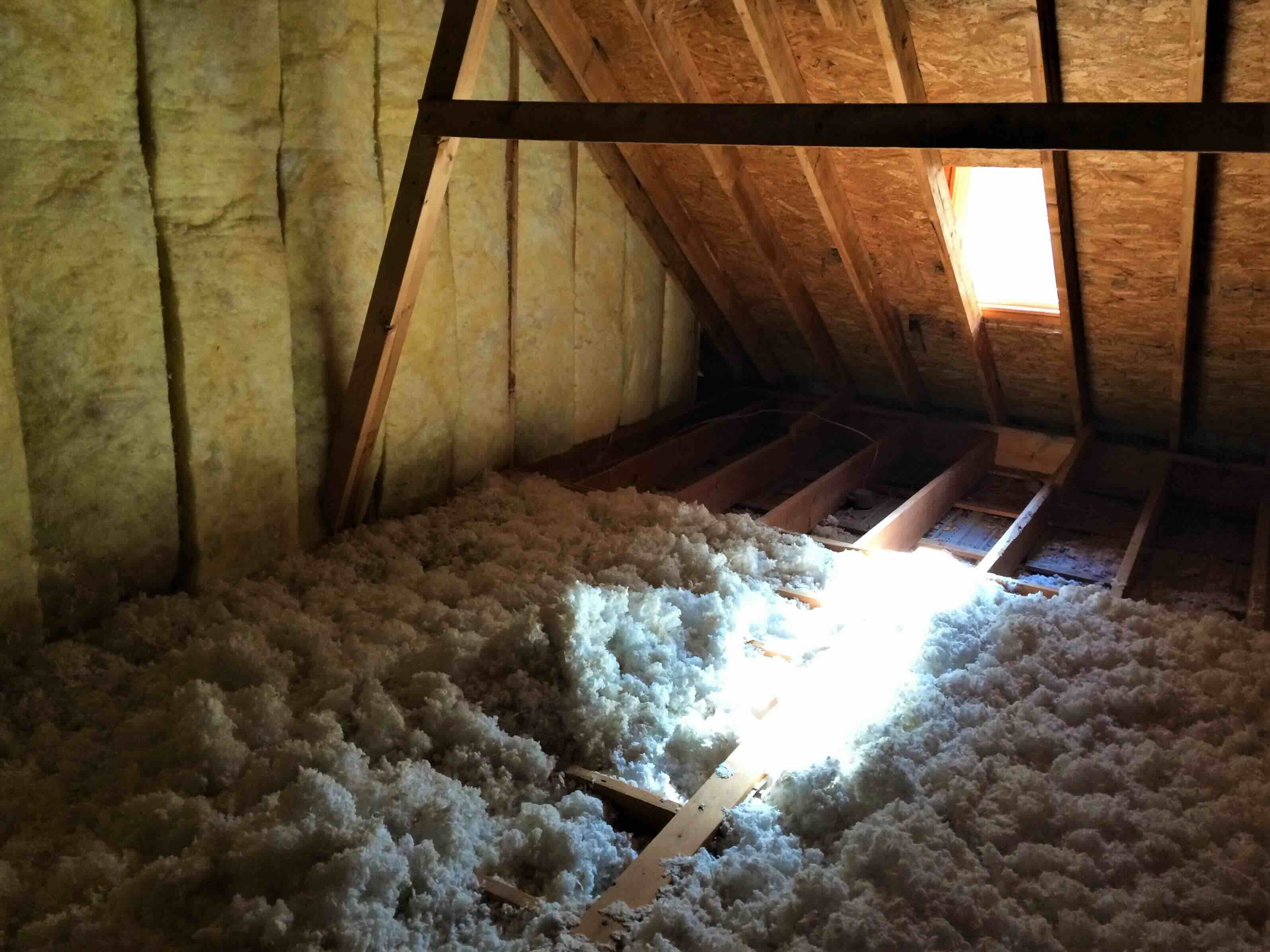
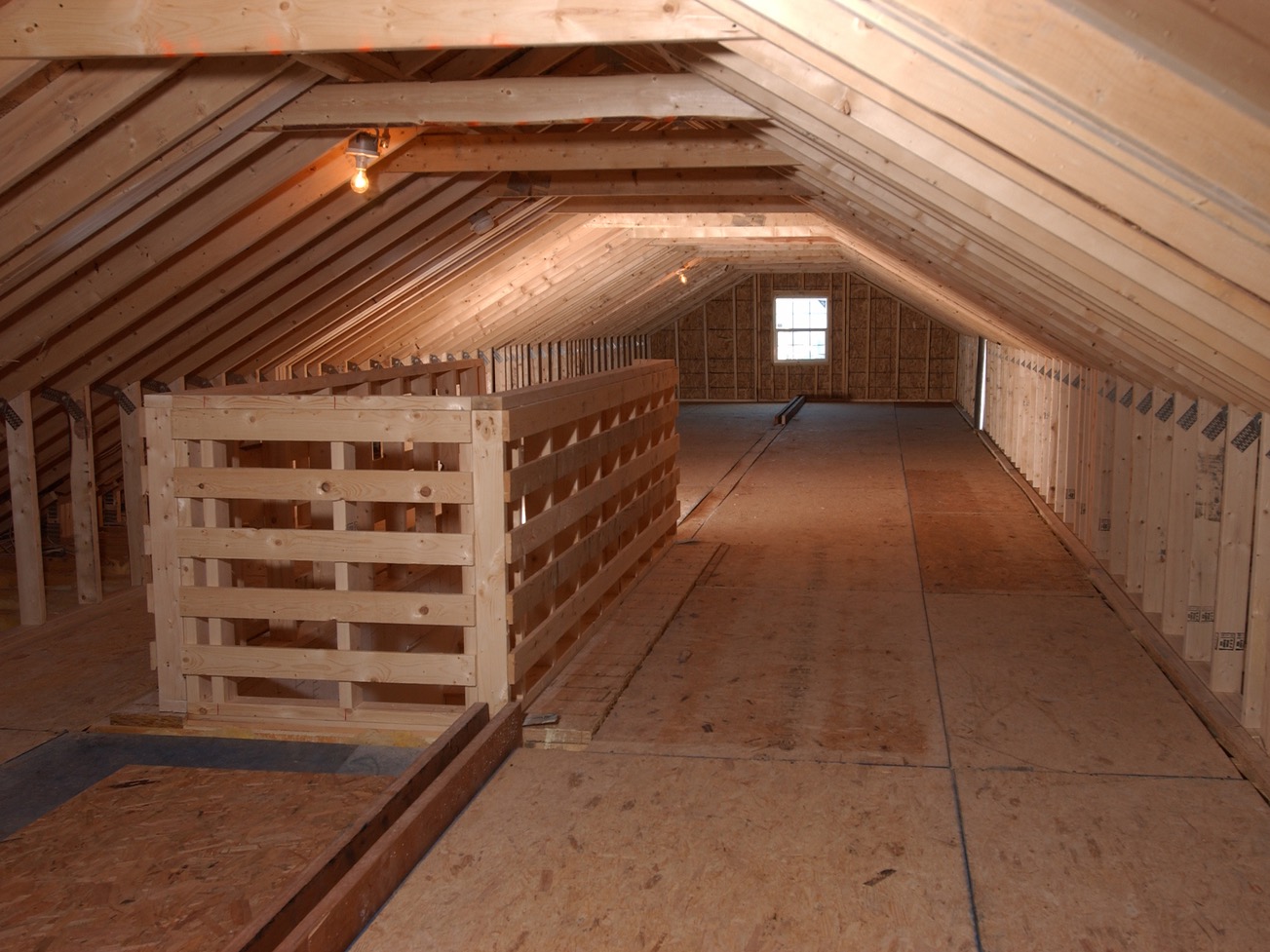
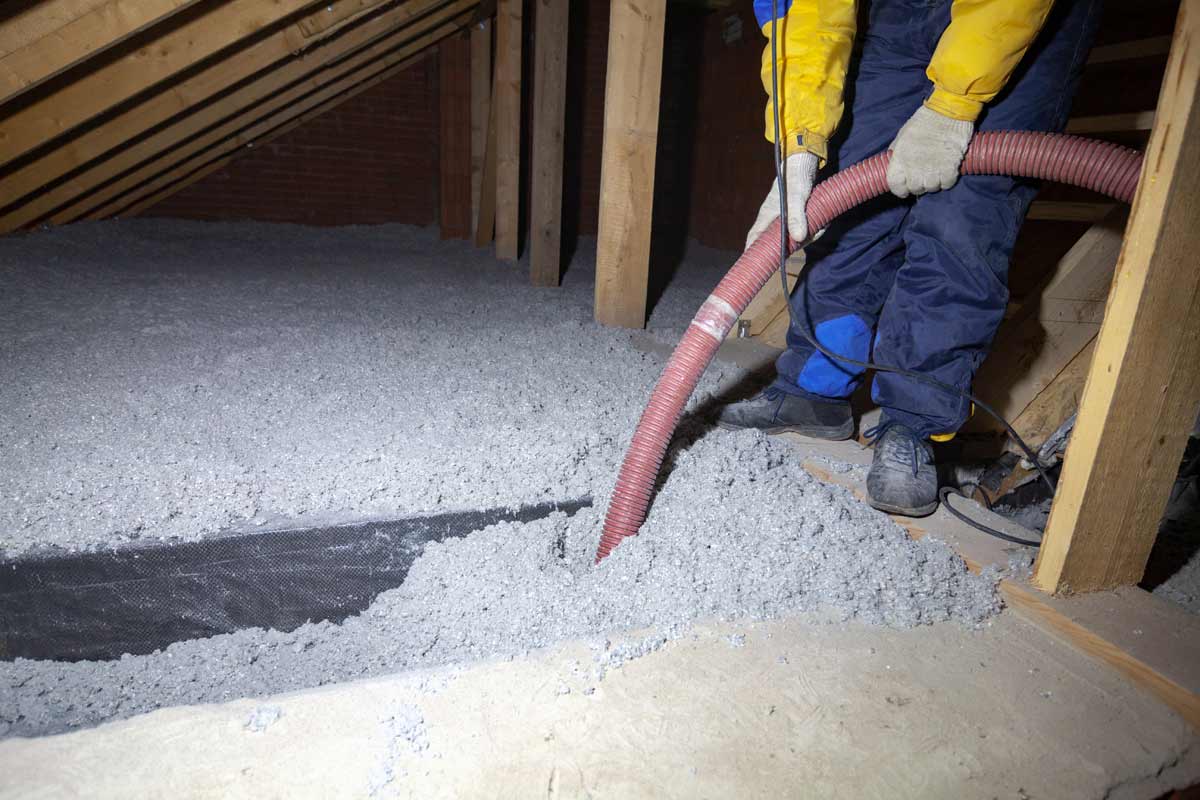
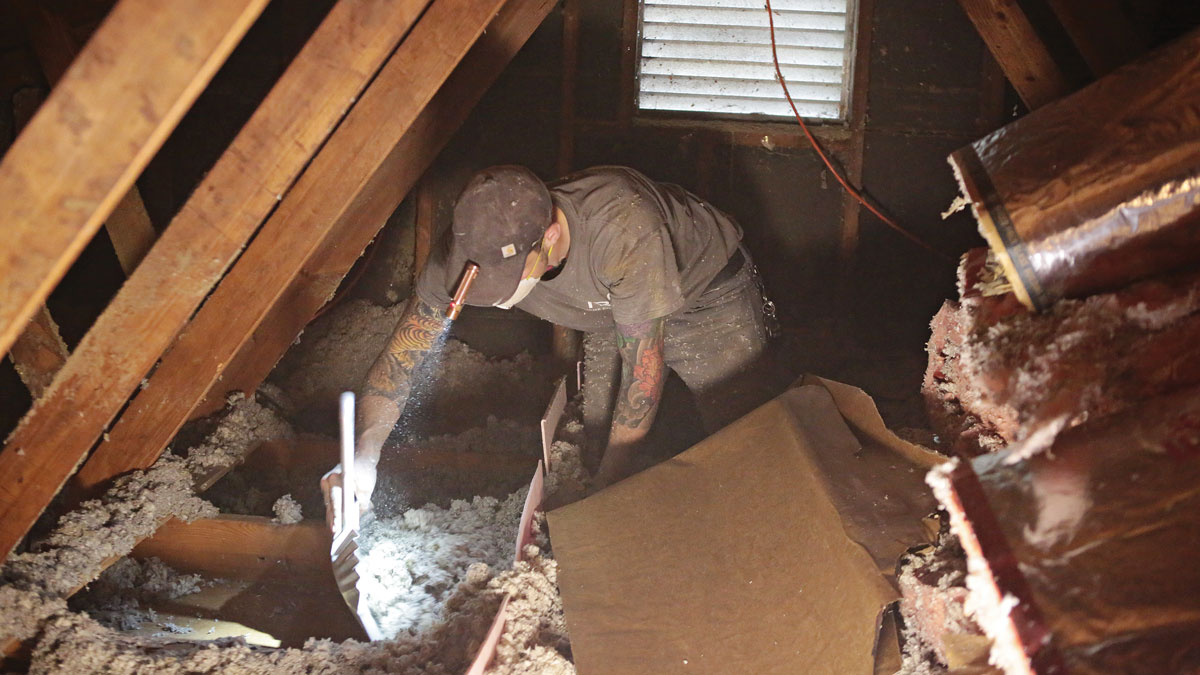
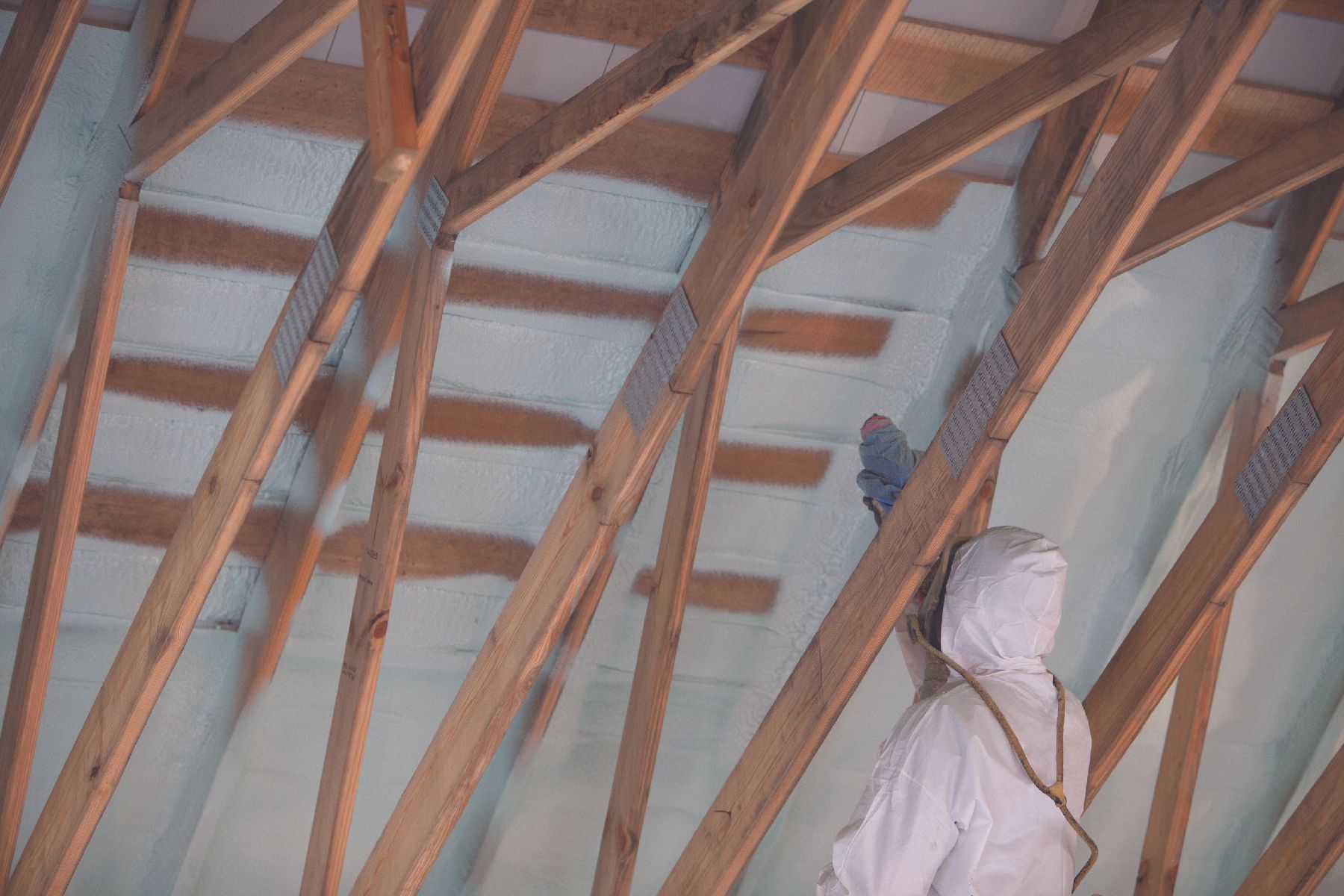
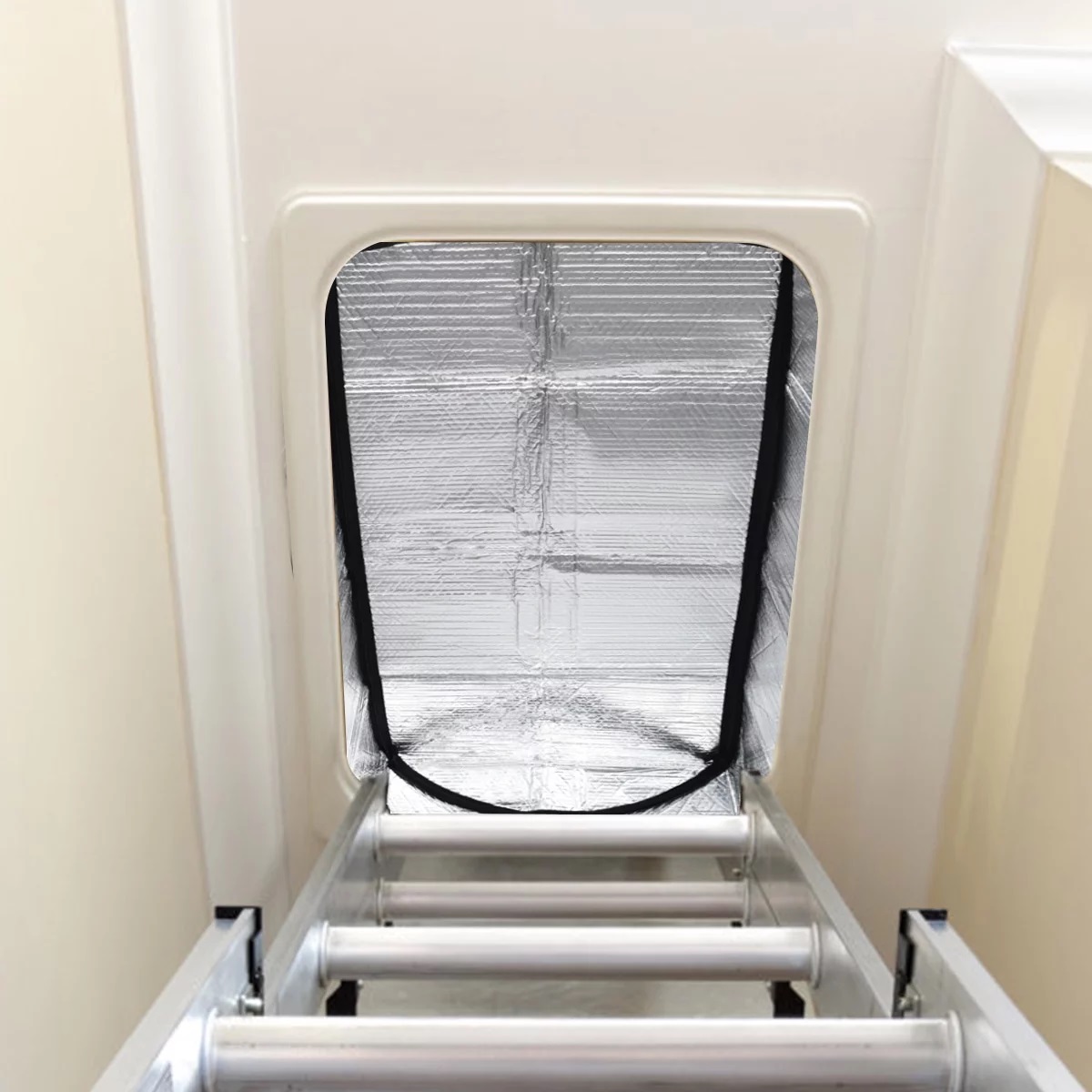
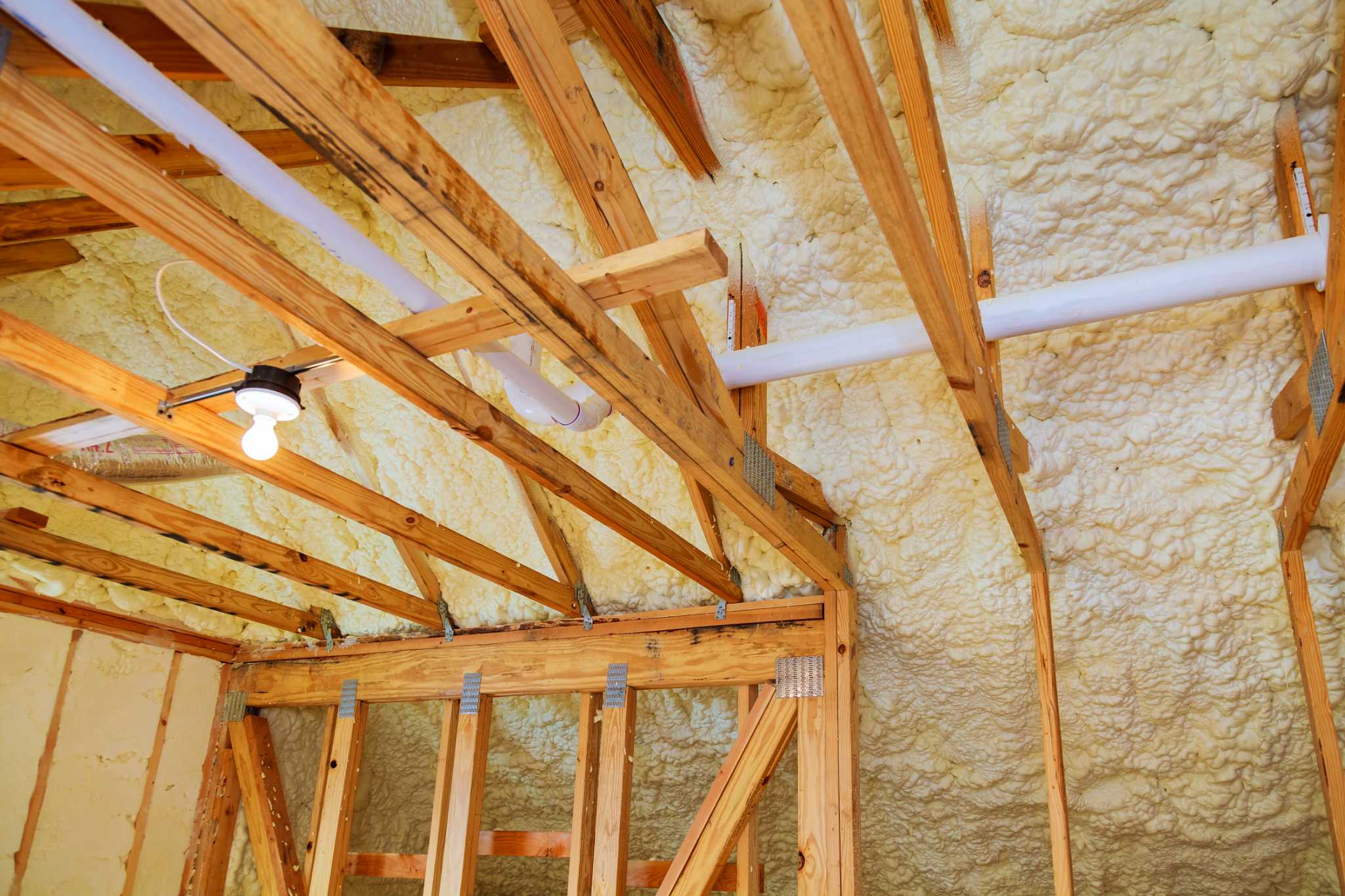
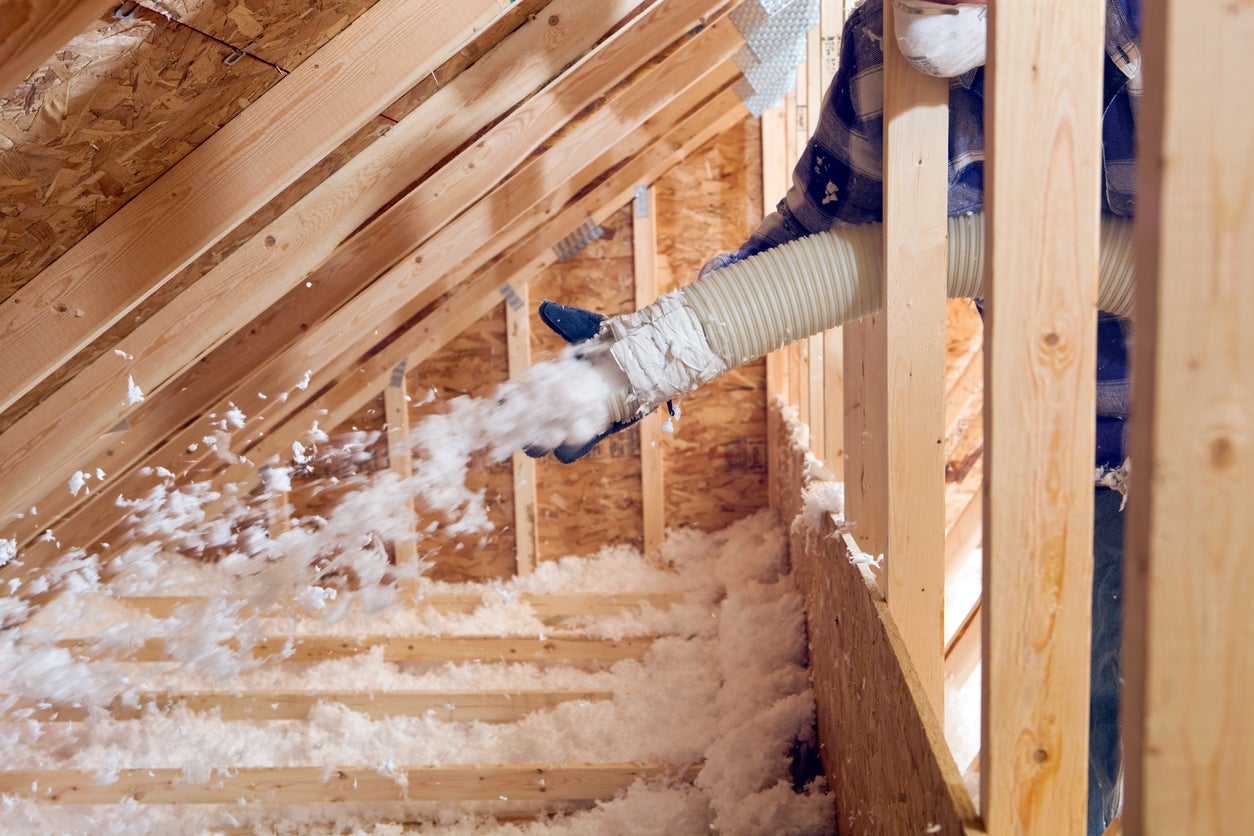
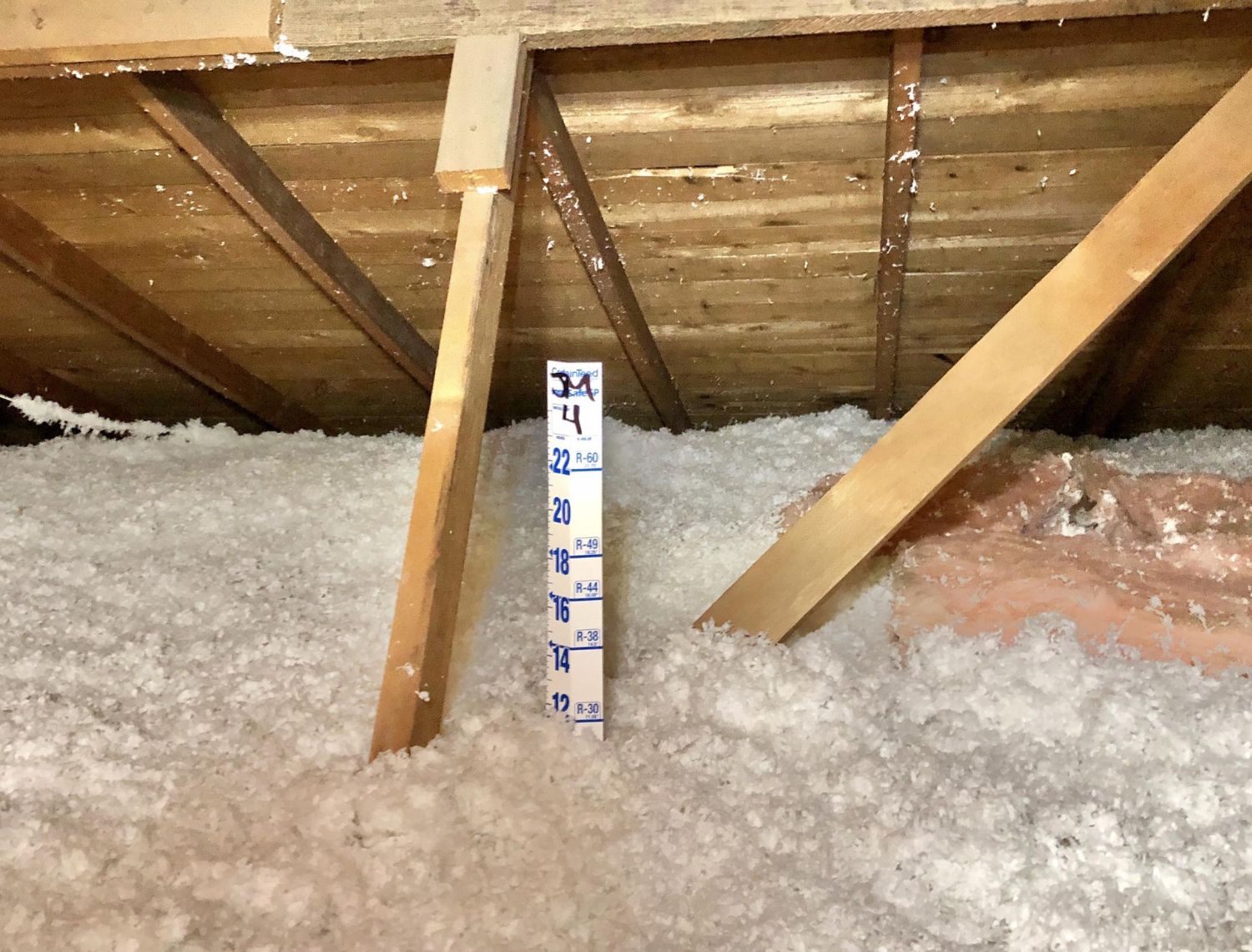
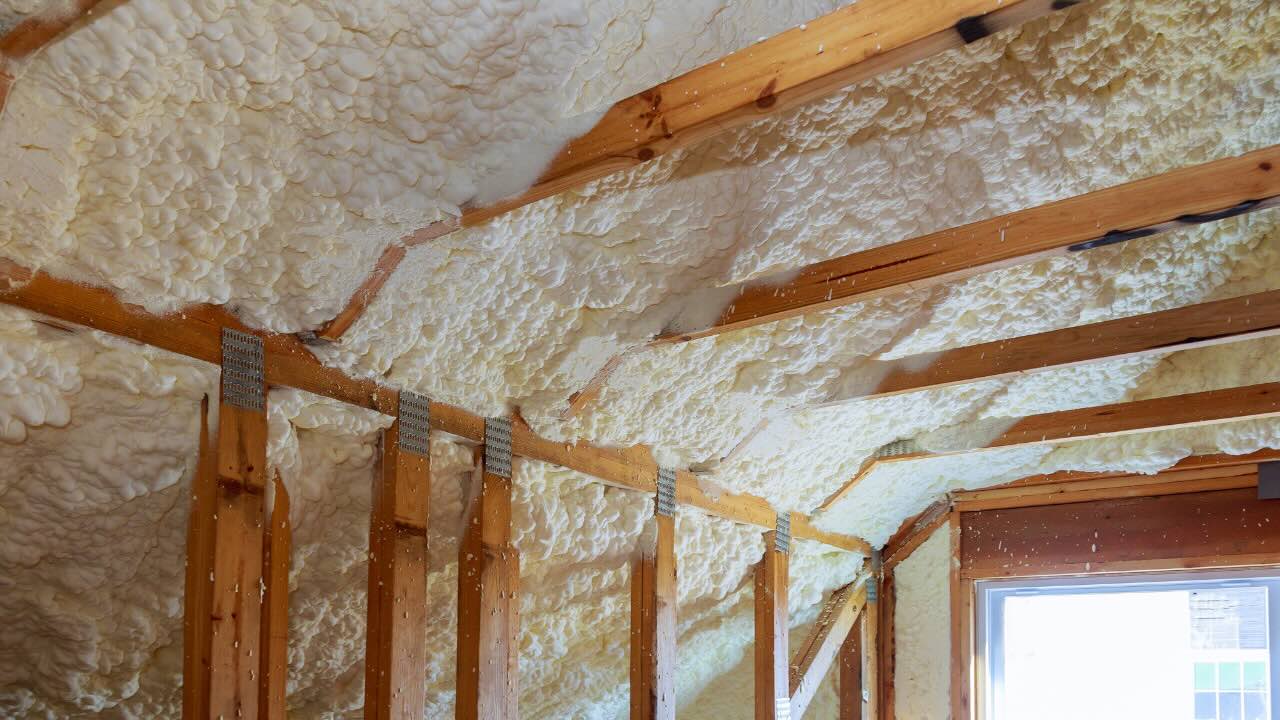

0 thoughts on “How To Walk Into An Attic With Blown Insulation”